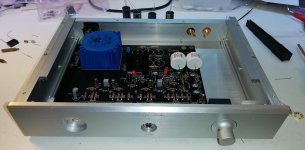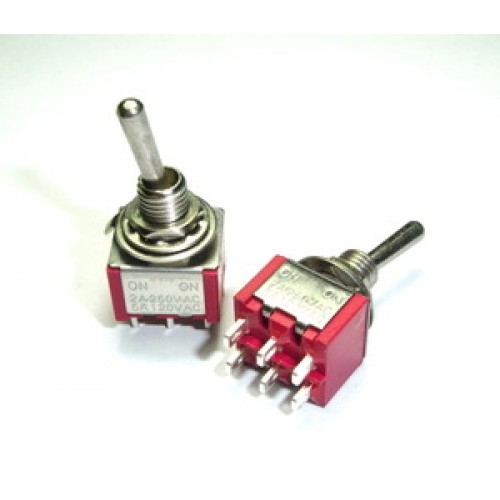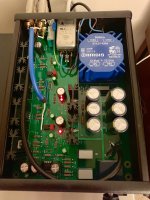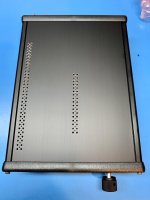It's been a couple of months since mention of the case for the Whammy. Any updates on when it'll be available?
Also interested !
I'm building my Whammy kit right now, into a case I found on ebay: BZ3306E Aluminum Preamplifier Enclosure / headphone Case | eBay
It fits perfectly...
It fits perfectly...
Checked, there are other vendors which sell the same case.Then a "dummy" pot in the empty hole?
You could use a real rotatif 2 position as main switch.
My plan is to have several inputs and use a rotatif to select the input.
- dan
Checked, there are other vendors which sell the same case.
You could use a real rotatif 2 position as main switch.
My plan is to have several inputs and use a rotatif to select the input.
- dan
I would really like a way to have a primary input, then a secondary, which automatically switches to the secondary if it has a signal, but I am not sure if doing such a thing would be feasible. I may use an auto-sensing A/V switch behind it instead of trying to merge it.
I would really like a way to have a primary input, then a secondary, which automatically switches to the secondary if it has a signal, but I am not sure if doing such a thing would be feasible. I may use an auto-sensing A/V switch behind it instead of trying to merge it.
Not sure it's a good idea, as "something" has to sense the input signal. And this could occur into distorsions, which we don't want. Why not a good old switch as
6L6 suggests. They exist in gold plated, rhodium, palladium and any other fancy metal to ensure best connectivity.
Looks great! I see that you, like me, did not add the 25 ~ 75 Ohm resistors suggested by Wayne on the output RCAs when using it as a PRE. Maybe if it's just a pre, it would make sense.
It was reported to help with possible oscillations.
If you have a way to measure them, it would be interesting to know if there is actually any.
Best,
Rafa.
It was reported to help with possible oscillations.
If you have a way to measure them, it would be interesting to know if there is actually any.
Best,
Rafa.
Looks great! I see that you, like me, did not add the 25 ~ 75 Ohm resistors suggested by Wayne on the output RCAs when using it as a PRE. Maybe if it's just a pre, it would make sense.
It was reported to help with possible oscillations.
If you have a way to measure them, it would be interesting to know if there is actually any.
Best,
Rafa.
My impression was that recommendation was for setups with RCA-out paralleled off the headphone jack for better isolation and not strictly necessary. If it's generally more suitable for preamp-only duty to decrease the possibility of oscillation I'll definitely consider it, but the cramped rear panel has already become very tedious to work with!
BK
My take was that output impedance is kept very low in order to drive 15 Ohm headphones with ease. For PRE duty where AMPs have 10K + Ohm input impedance, the usual value from manufacturers is around 100 Ohms.
My probable approach was to have them be soldered directly at or very near to RCA hot pin of the OUT RCAs (inside) so as to no clutter more space.
Perhaps I'm completely mistaken in the reasoning behind this resistors?
Best regards,
Rafa.
My probable approach was to have them be soldered directly at or very near to RCA hot pin of the OUT RCAs (inside) so as to no clutter more space.
Perhaps I'm completely mistaken in the reasoning behind this resistors?
Best regards,
Rafa.
- Home
- Amplifiers
- Pass Labs
- "WHAMMY" Pass DIY headphone amp guide



